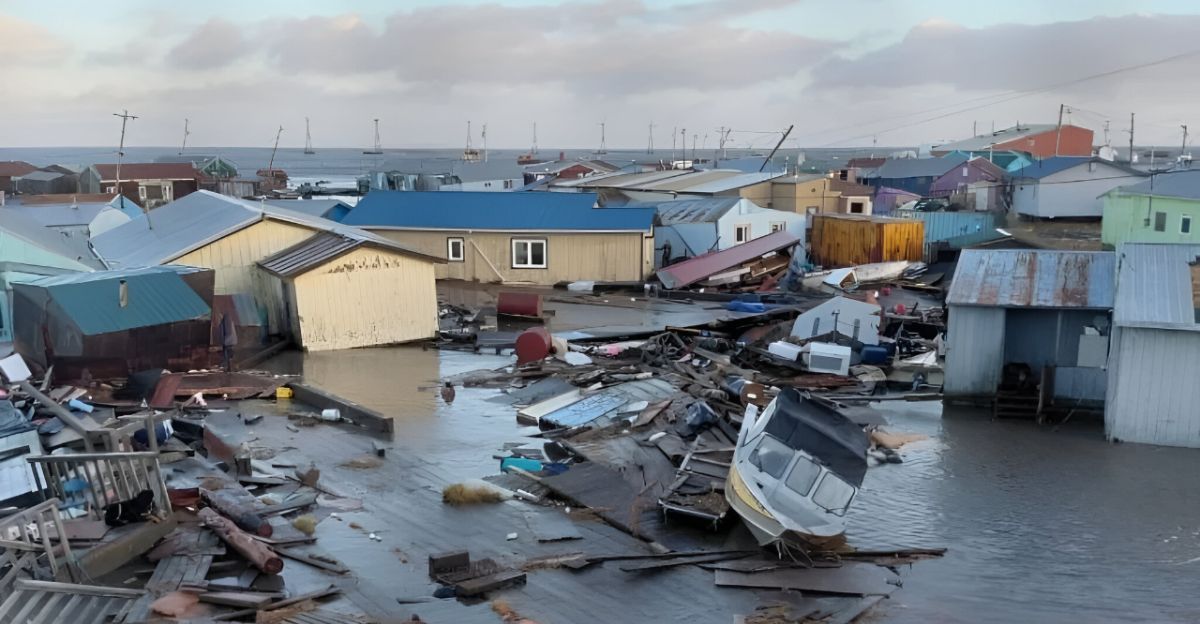
In mid-October 2025, western Alaska was struck by the remnants of Typhoon Halong, and models had badly mispredicted its path. The storm’s surge and hurricane-force winds “swept some homes away,” according to AP, inundating villages like Kwigillingok and Chevak.
One resident died, and over 1,500 were displaced. Experts immediately wondered if recent balloon data cuts had contributed to the error.
Sudden Balloon Launch Suspensions Under DOGE

The cause was traced to drastic federal cuts earlier that year. In late February 2025, President Trump’s Department of Government Efficiency (DOGE) axed roughly 880 NOAA staffers. Within days, the National Weather Service announced it was “indefinitely suspending” weather balloon launches at Kotzebue due to staffing shortages.
By late summer, Alaska forecasters confirmed that there were no daily balloon launches at Kotzebue or nearby St. Paul Island, and only one launch per day instead of two at Bethel, King Salmon, and Cold Bay.
Southwest Villages Caught Off-Guard
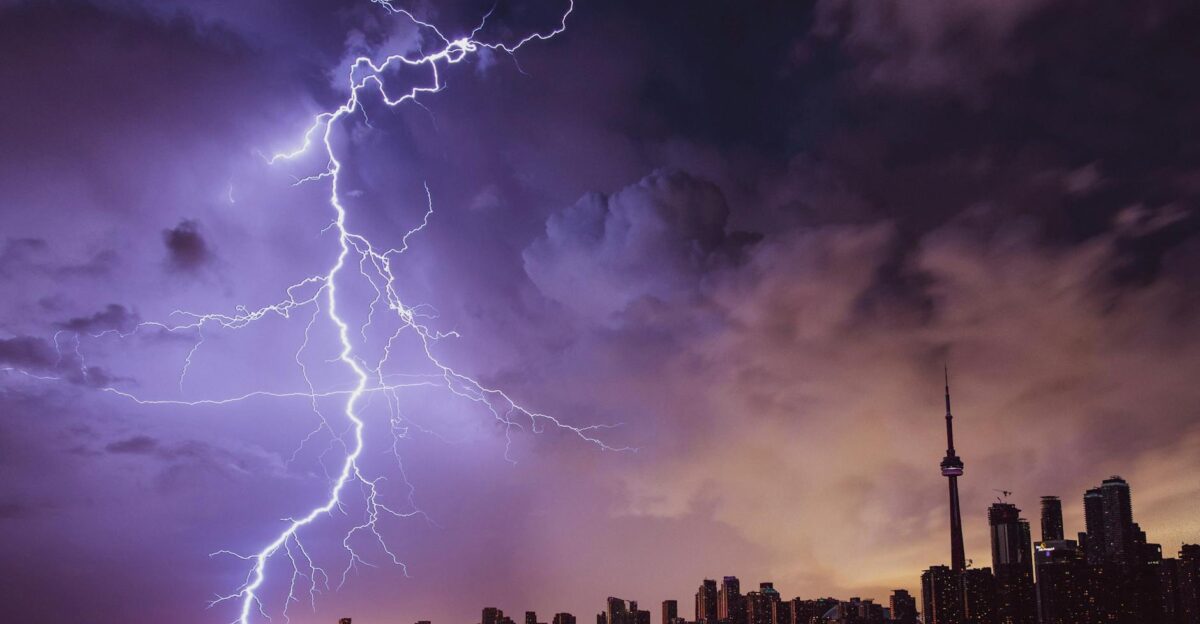
With so few observations, models grossly underpredicted Halong’s southern landfall. Officials say villages like Kwigillingok, Chevak, and Napakiak saw little warning. By Sunday morning, a storm surge tore dozens of homes from their foundations and swept them into floodwaters. Rescue crews plucked over 50 people (and two dogs) from rooftops.
Alaska State Troopers later identified the fatality as 67-year-old Ella Mae Kashatok, and confirmed that two men – 71-year-old Vernon Pavil and 41-year-old Chester Kashatok – were still missing.
Record Airlifts and Shelter Operations
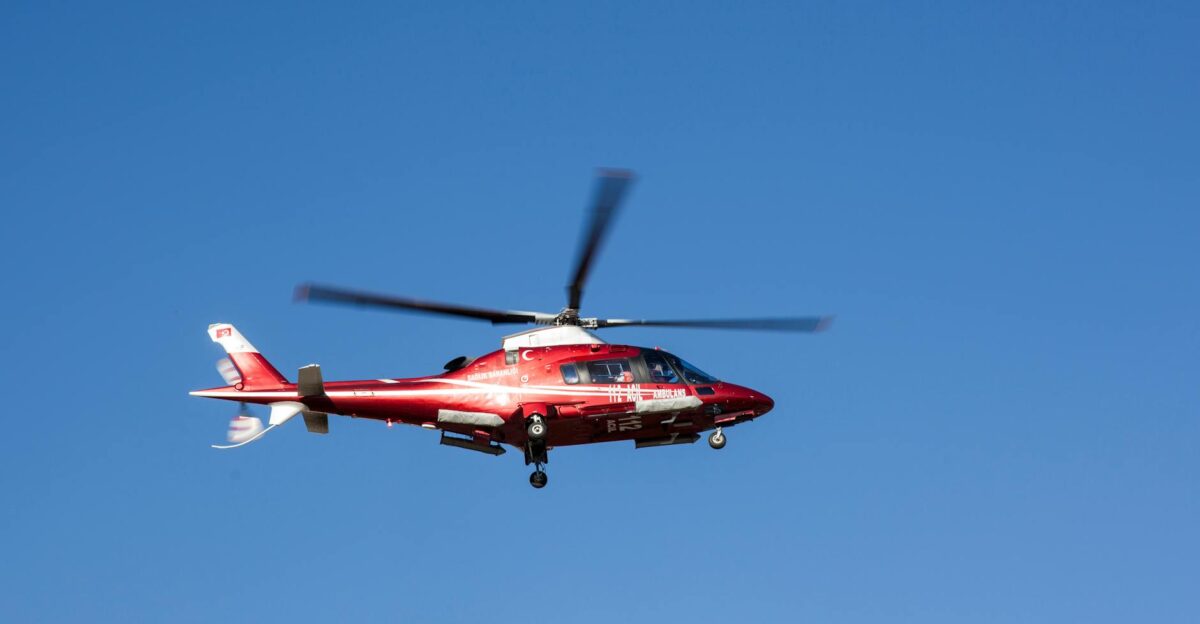
Almost immediately, Alaska’s transportation networks scrambled. Hundreds of villagers were airlifted by Alaska Airlines, Ravn Alaska, and Bering Air to larger hubs. One report calls it “one of the largest peacetime evacuations in state history”.
State and federal emergency agencies set up shelters in Bethel and Anchorage for the displaced. A rescue-shelter armory in Bethel (population 6,000) was pressed into use. In total, more than 1,500 residents were displaced.
Private Sector Rushes to Fill Data Void

As weather services faltered, private firms seized the opportunity. Startups like WindBorne Systems stepped in immediately – for example, WindBorne began launching its own weather balloons in Kotzebue in February and selling the data back to NOAA. Likewise, companies such as Tomorrow.io, Saildrone, and Black Swift began feeding real-time data into NOAA’s “mesonet”.
Alaska native corporations and local governments are now contracting directly for proprietary forecasts.
Neighbors Expand Arctic Monitoring
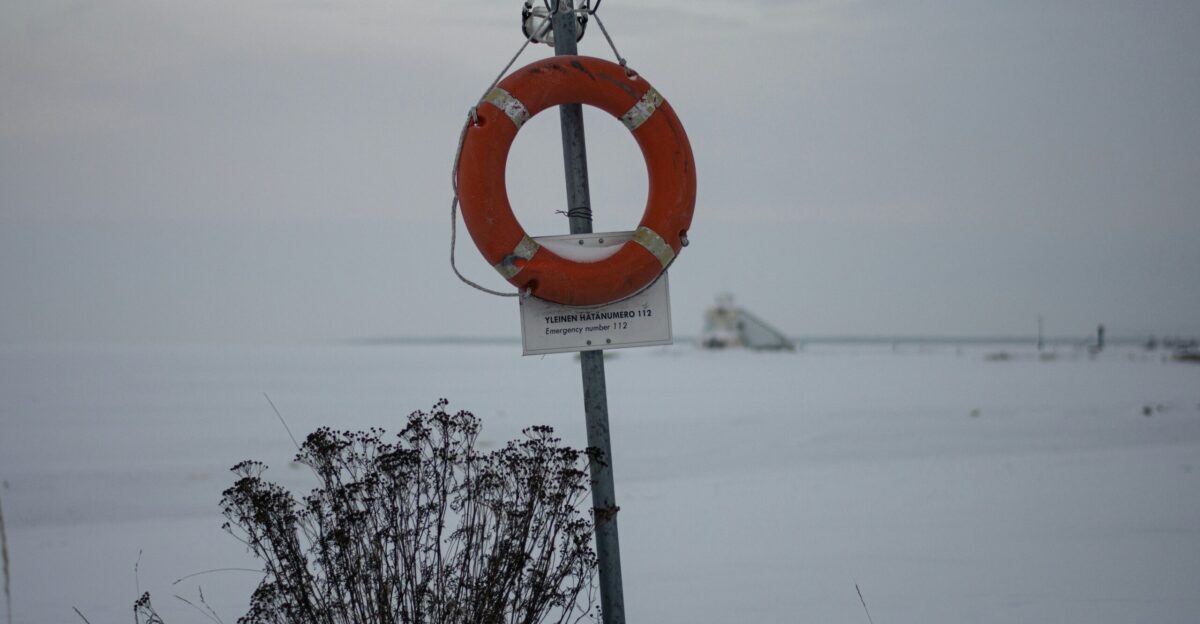
Internationally, partners moved to compensate for U.S. gaps. In Ottawa, Environment Canada pledged tens of millions to expand Arctic radiosonde launches and partnerships with indigenous weather networks. In Russia, meteorological services increased atmospheric observations across the Bering Strait region by roughly 20%.
Even global forecast centers noted the impacts: U.S. models, including NOAA’s GFS, showed particularly large errors on Halong’s track.
Forecasters Sound the Alarm
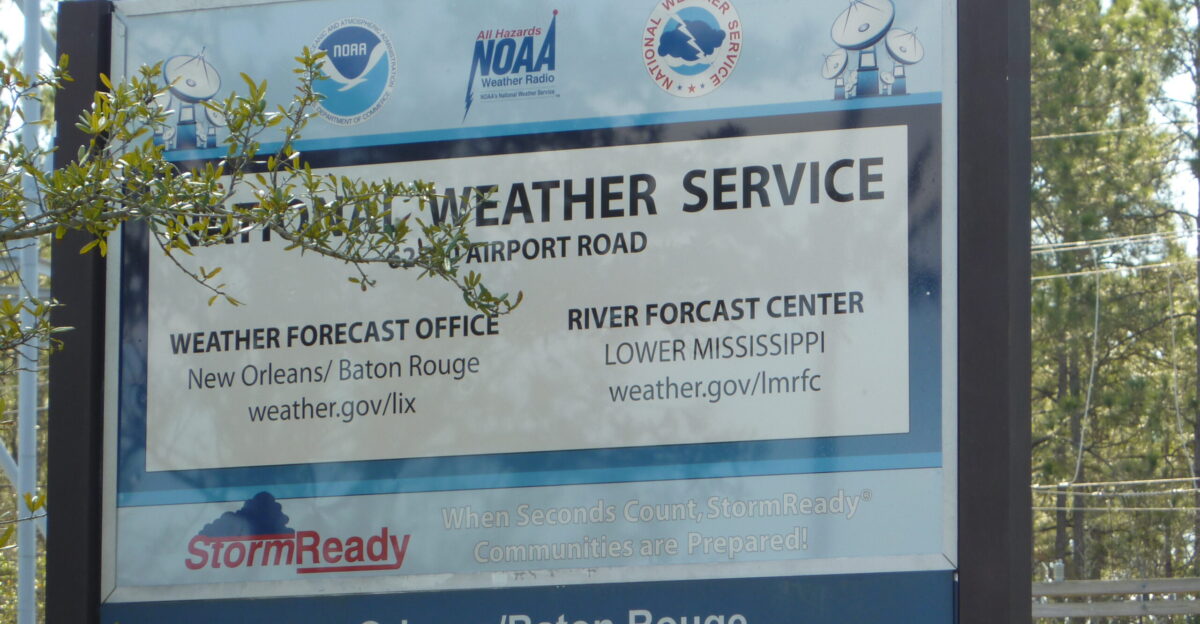
Veteran Alaska forecasters openly blamed the cuts. Rick Thoman warned reporters that with balloon data absent, “you can’t do data denial experiments if there’s no data to deny” – hence, “it must have had some impact” on the forecast.
Inside the National Weather Service, shortage-induced stress was palpable. One forecaster reported manning the Alaska desk alone for hours, while others routinely worked 16-hour shifts during Halong.
Congress Scrambles for Answers

Pressure from Alaska’s leaders prompted immediate political action. Senate Commerce Chair Maria Cantwell announced hearings on NOAA staffing and forecast failures, and Rep. Mary Peltola (D-AK) introduced an “Alaska Storm Forecast Restoration Act” to force a rapid reactivation of suspended balloon sites.
Even the White House, which initially downplayed forecast errors as within normal bounds, faced bipartisan pushback. Tribes and health providers like the Yukon-Kuskokwim Health Corp. called for federal aid. YKHC CEO Dan Winkelman told reporters, “We need immediate assistance from the State and federal governments” to restore power, water, and supplies for the nearly 1,000 people displaced.
Subsistence Resources Washed Away
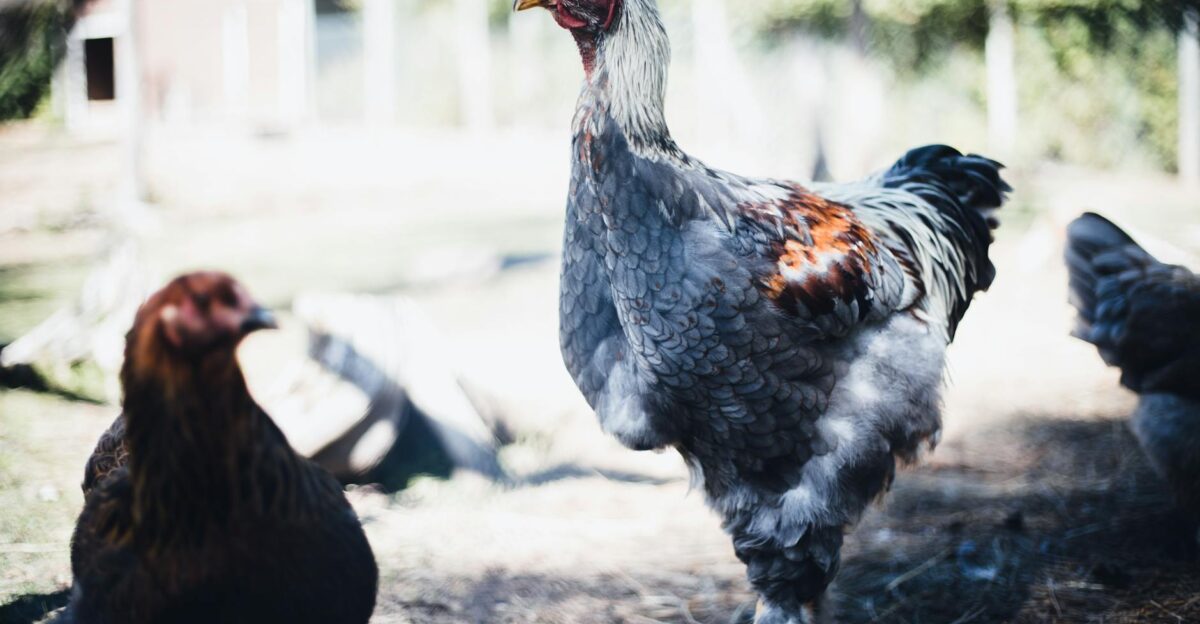
The storm’s devastation threatened Alaska’s traditional food economy. About 600 permafrost ice cellars storing year’s worth of salmon, seal, and caribou were destroyed, according to village officials (each serves as the community’s meat freezer). With winter closing in, replacing that food is almost impossible: barge season has ended, and even aviation fuel to fly in stores has surged.
One local report warned that for communities “that rely heavily on subsistence foods…and local fuel,” the losses spell months of hardship.
Trauma and Anxiety Surge Post-Storm

Mental health professionals say the storm’s psychological toll will last. Even after the waters receded, many residents are traumatized. The Alaska Native Tribal Health Consortium dispatched crisis counselors to the Bethel shelters, and YKHC mobilized its Behavioral Health teams into Kwigillingok and Kipnuk.
Psychiatrists note that the breakdown of warning systems can erode trust: one disaster specialist warned that when “communities lose trust in warning systems, it creates lasting psychological harm.”
Climate Advocates Blame Cuts and Warming

Environmental and union groups seized on Halong as a wake-up call. The Sierra Club and Public Employees for Environmental Responsibility (PEER) issued scathing statements linking the cuts to climate risk. PEER director Jeff Ruch argued that “warming oceans fuel stronger storms, but gutting NOAA leaves us blind.”
They pointed out that Alaska’s 2022 Typhoon Merbok had been forecast accurately when full data were available, implying that this year’s miss was human-made.
Tourism Industry on Edge

Western Alaska’s tourism sector now braces for fallout. Early reports indicate that some cruise lines and tour companies are already trimming next year’s Western Arctic itineraries over “forecast reliability concerns.” Visitor-dependent ports like Nome and Kotzebue estimate revenue losses in the high single-digit percentage-wise as travelers rethink plans.
The Alaska Travel Industry Association has joined the chorus calling for restored weather-data infrastructure, arguing that reliable forecasts are crucial to ensure visitor safety and keep the multibillion-dollar summer tourism industry afloat.
Some Gain as Others Lose

The scramble for data is reshuffling markets. Space-weather firms saw instant benefits: Spire Global’s stock jumped after the storm, as investors bet on rising demand for satellite-derived forecasts. Satellite imagery companies (e.g., Planet Labs, Maxar) announced new contracts with Alaska Native organizations to monitor remote areas.
Meanwhile, traditional insurers are growing nervous. Swiss Re reportedly downgraded Alaska coastal risk ratings, warning that systemic forecast gaps could make future losses worse.
Safety Preparations and Advice
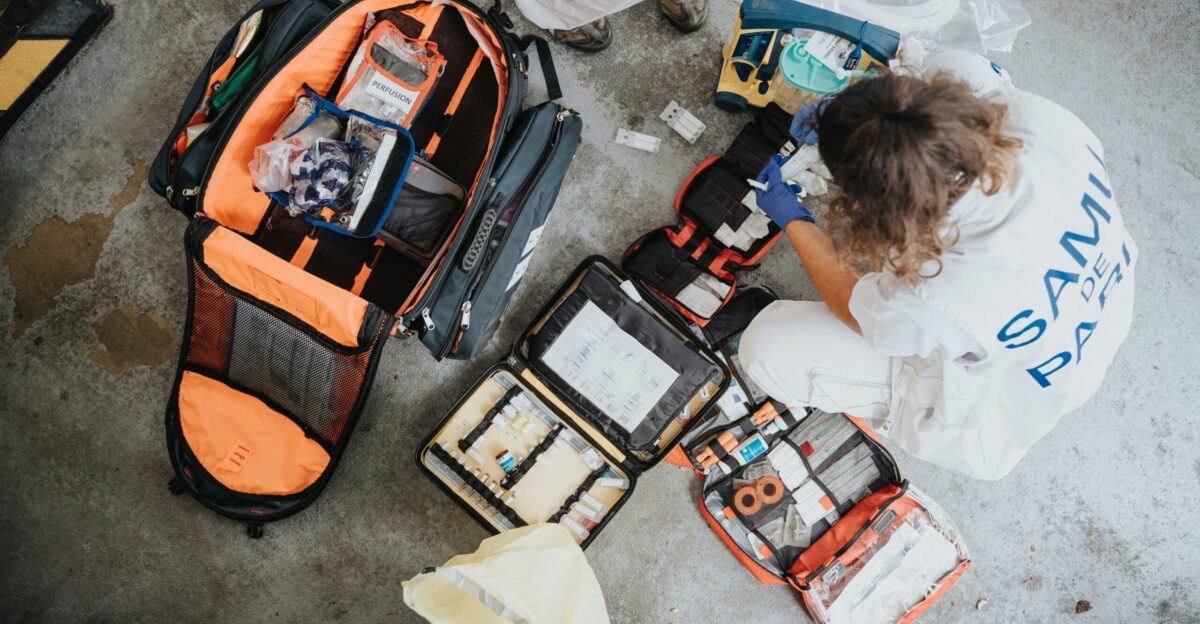
Officials urge Alaskans to diversify their warning sources and prepare. The NWS recommends having a NOAA Weather Radio with SAME technology, which can automatically broadcast watches and warnings for your community. Residents should sign up for multiple alerts (e.g., NWS email/text, tribal emergency broadcasts, private apps) and maintain a 30-day emergency kit: non-perishable food, water filters, backup batteries, and fuel.
Document belongings in case of insurance claims, and establish household evacuation and communication plans.
Crossroads for Arctic Forecasts
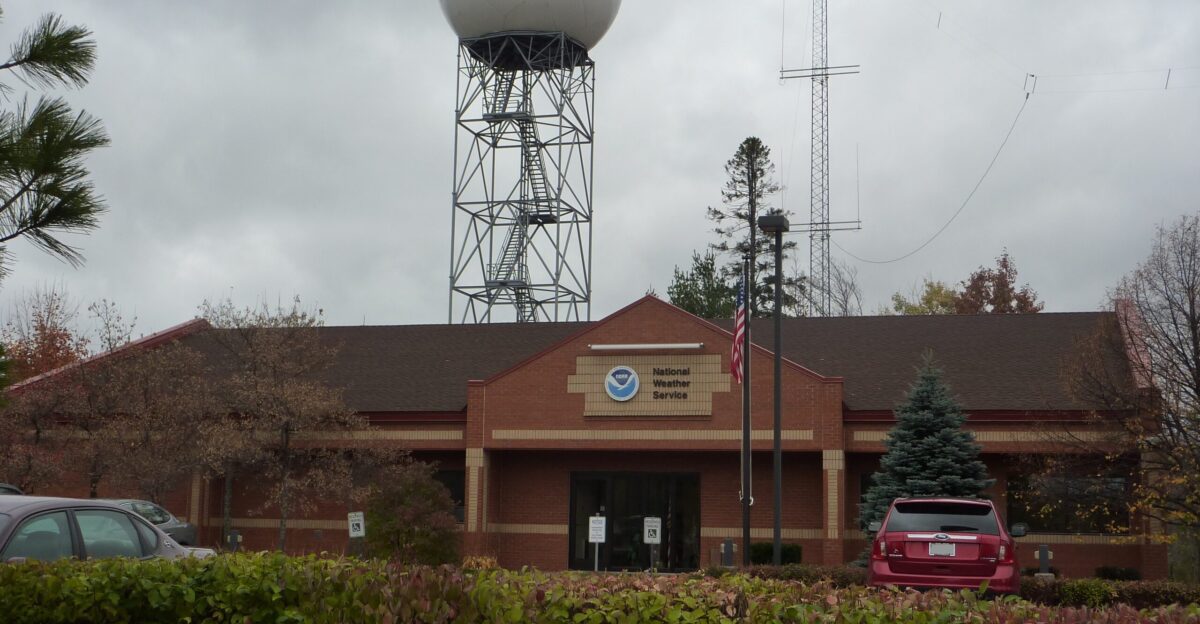
In the end, Halong crystallized a critical choice for U.S. weather services. The storm’s destruction showed that cutting observational networks can have life-or-death consequences. The question now is whether the government will rebuild those networks or let private companies take over.
As Rick Thoman cautions, unlike a lab test, “we just don’t know” the full impact of the missing data.